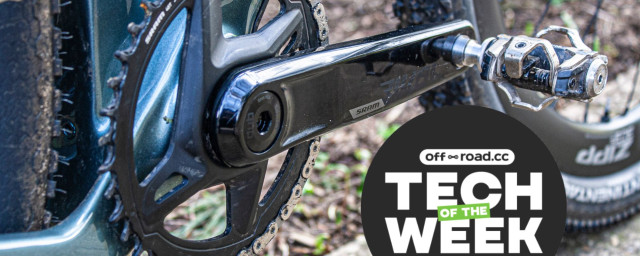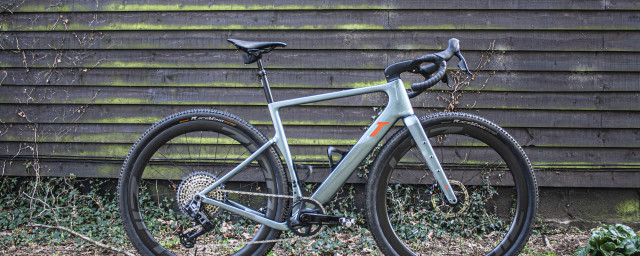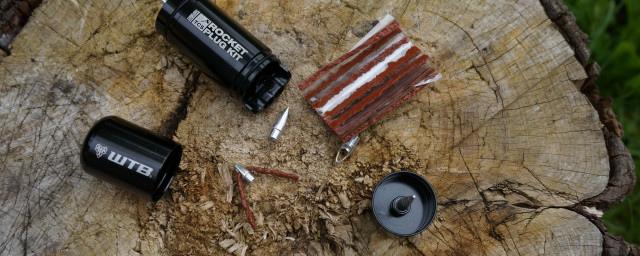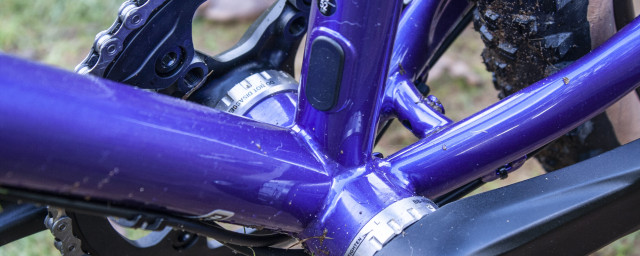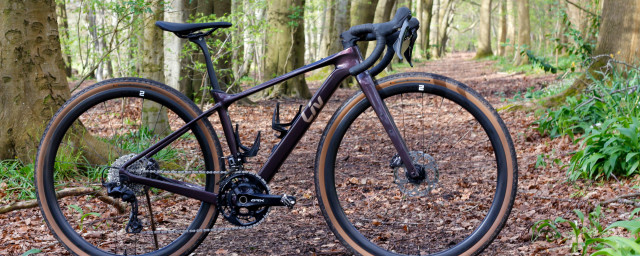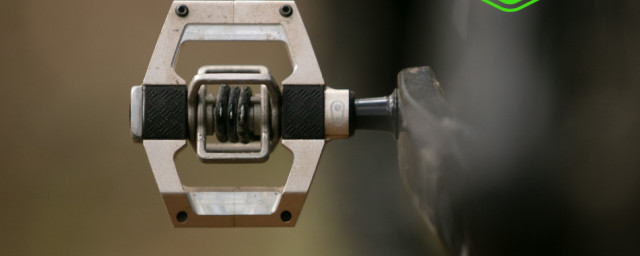Pirelli Scorpion Sealant is easy to spot, with its bright yellow colour that follows the brand identity. Designed for off-road, gravel and mountain biking use, the Scorpion sealant performed reasonably in our tests, making it a prime option as one of the best tyre sealants you can buy, but, while the bright yellow makes it stand out, it is also the biggest downside.
- Peatys Holeshot Biofibre tubeless sealant review
- Silca Ultimate Tubeless Sealant review
- WTB TCS Tubeless Tyre Sealant review
Pirelli Scorpion Sealant – Technical details
Pirelli makes a few versions of sealant, with the P-Zero aimed towards road bikes and both Cinturato and Scorpion sealants designed for larger gravel and mountain bike tyres. The only difference is based on the size of the bottle, with Cinturato available in a small 125ml bottle, and the Scorpion sealant (pictured here) available in three sizes, 240ml, 1-litre and workshop-sized 5-litre container.
>Buy Pirelli Scorpion tyre sealant (240ml) from Tweeks Cycles for £10.40
Scorpion sealant is ammonia and latex-free and Pirelli claims it is suitable from 15psi to 100psi spanning a temperature range of -20 to +70 degrees Celsius, both of which are wider claims compared to most other sealants on the market.
Pirelli only gives suggested amounts to use for mountain bike tyres, with 100ml for 2.2in, 120ml for 2.4in and 140ml for 2.6in. Based on these, I chose to test with 70ml inside a 650x47 gravel tyre.
All versions of Pirelli sealants are a very bright yellow and, while some other brands such as Muc-Off also feature a distinct colour, nothing else is quite as vibrant as Pirelli's.
Pirelli Scorpion Sealant – Performance
To test sealant performance, we created a standardised puncture test to assess each contender. The same exact tyre on the same rim for each sealant. The tyre used was a Halo GXC, measuring 47mm. Tyre sealant was added in the amount suggested by the manufacturer, and the tyre was inflated to 40 psi. This pressure was chosen to give a realistic tyre pressure for all areas of off-road riding. A digital tyre pressure gauge was used to ensure that the pressure was identical on each test. After that, the tyre was rotated sufficiently to ensure that it was distributed evenly throughout the tyre. The tyres were all punctured by driving a 3mm nail through the carcass. The wheel was rotated to assess if the sealant had successfully sealed the hole. If the sealant worked, the test was repeated using a 5mm diameter nail, and if successful on the larger hole the remaining air pressure was measured with a digital pressure gauge and the result was recorded.
The sealant performed reasonably well and sealed both size punctures. There was a significant amount of spray released with both punctures, and after the larger sized 5mm puncture the remaining air within the tyre was measured at 37psi remaining, giving a 3psi loss.
With longer-term use, the performance continued and the sealant remained liquid within the tyre for several months, with the particles remaining separate and no clumps forming. In use, it sealed some other punctures noticed when removing the tyre, although they were only small thorns which I would expect every sealant to plug.
It was not all good news, however, and the bright yellow colour is the big problem. When using a workstand to hold the wheel and perform the puncture test, the spray released stained the metal workstand and it was very difficult to remove. During the initial setup when pouring it into the tyre, a small amount was released from the carcass when inflating and this stained both the aluminium rim and the tyre carcass. It was possible to remove the sealant eventually from the aluminium rim with a lot of force with a fabric cloth. The tyre carcass was a different story and, despite washing with bike cleaner and hundreds of kilometres later, there is still a yellow stain on the carcass.
After these issues, I wanted to test how it might affect fabrics, something that could be a problem should you have a puncture while riding. Pouring a small amount onto a white cloth, the first area was washed immediately with a high-pressure hose and the majority of the sealant was removed, but a stain was still visible. For another section, it was left to dry completely and then washed in a washing machine. Despite using washing powder and washing at a temperature that you would with most cycling clothing the bright yellow colour was as bright as before.
Scorpion sealant is not the only sealant that might cause a stain with latex versions often causing problems but where they differ is the colour. It may be used to help it stand out in a shop and goes with the brand's identity - but that bright yellow colour will stay with you long after the sealant has worked.
Pirelli Scorpion Sealant – Verdict
The 1-litre version of Scorpion sealant is £33 which puts it slightly more expensive than most others, many of which are priced at £30 and below.
The Scorpion sealant did quite well in the puncture test, although only just inside the top 10 of 20 sealants that we've tested it against. It did last well inside the tyre over longer periods with particles that didn’t clump. Pirelli has obviously wanted to stand out from the dreary-coloured rabble - but at the expense of terrible staining that seems impossible to remove.
You might also like:
- Bikepacking kit on a budget: everything you need to bivvy for under £100
- Discover the world of bikepacking with Komoot
- How to pack bikepacking bags - carry everything you need





